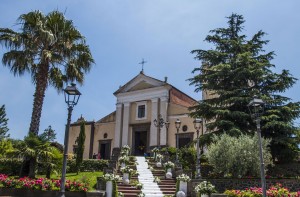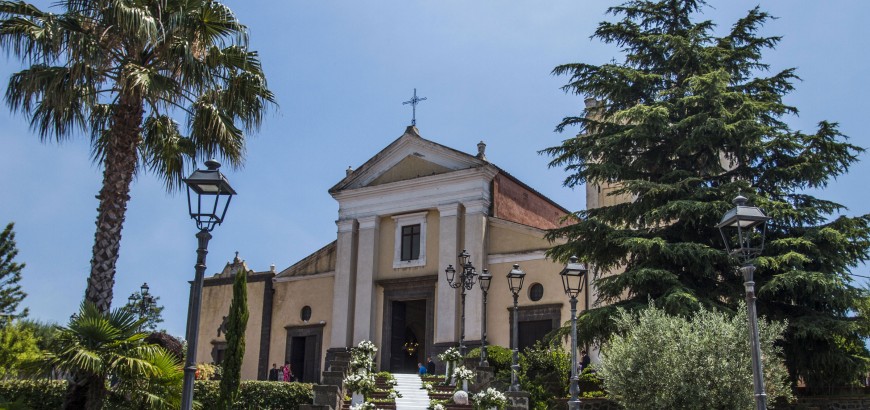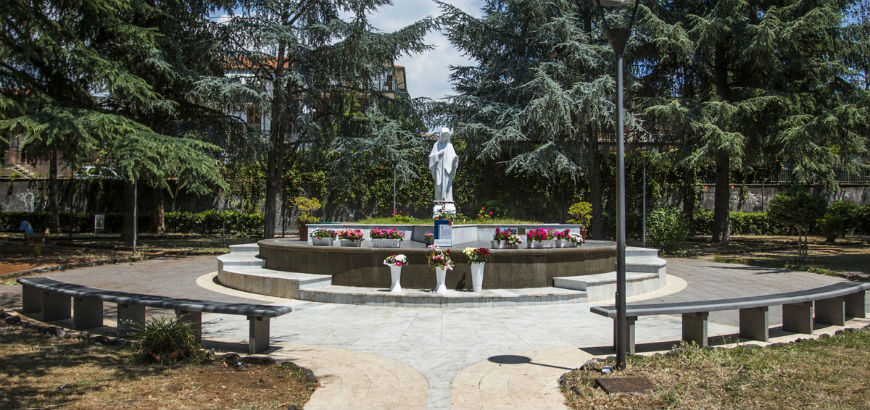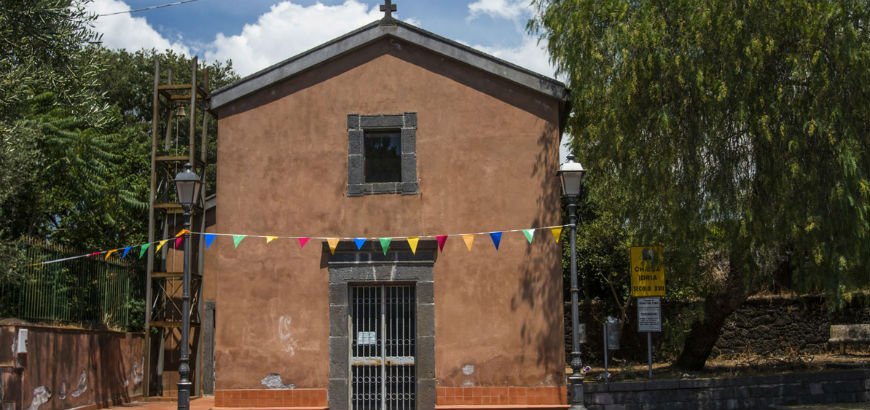
Tremestieri Etneo
095 7419222
If you are always looking for new places to see and new flavors to taste, you will appreciate Tremestieri Etneo.
The commune of Tremestieri Etneo (21,568 inhabitants) is situated in a hilly area dominated by the volcano, at about 400 m.s.l. The territory of Tremestieri, given its favourable environmental conditions and its central position between Etna and Catania, has been settled since ancient times. This is confirmed by the few, but important, archaeological finds that have fortuitously come to light in the area, including terracotta grave fragments, lamps, pots, coins and small metal and stone utensils, most of which date back to the Roman or Byzantine eras. Numerous earthquakes and eruptions have upset and destroyed the territory and settlements in Tremestieri since prehistoric times.
The growth and importance of the commune is indirectly proven by a papal bull issued in 1446 by Pope Eugenio IV, which elevated its church to the position of Parish Church. At the beginning of the XVII century the town had a population of over 1,200 people and boasted seven churches. In 1641 the ‘village’ of Tremestieri, having been sold to the rich Genoa merchant Giovanni Andrea Massa, was removed from the state jurisdiction of Catania, to which it had belonged since the Aragonese period, and acquired administrative autonomy, albeit conditioned by the anachronistic feudal-type system of government of the time. In 1817, as a result of the administrative reforms introduced in Sicily by the restored Bourbon monarchy, the feudal system was abolished and Tremestieri became a commune.
Overcoming many difficulties, particularly of a financial nature, the first local administration managed to set up a modest programme of public works aimed, among other things, at improving links with neighbouring towns and building a cemetery. The name Tremestieri seems to derive from a corruption of the Latin ‘Tria Monasteria’. In 1874 the adjective ‘Etneo’ was added to distinguish it from a town with the same name in the province of Messina.
The centre of the town is still crossed by the old via Etnea that leads from Catania to the volcano. Traces can still be seen of the suburban buildings that were erected between the end of the XIX century and beginning of the XX century The Mother Church, of Norman origin but rebuilt after the 1693 earthquake, is dedicated to the patron S. Maria della Pace. The façade is divided into three by paired pilasters. The interior is subdivided into three naves with three apses and visitors can admire the XVII century wooden statues representing the Madonna della Pace and Santa Barbara. Adjoining the church is a massive belfry and a parish hall.
The church of Santa Maria delle Grazie is also very interesting, built in different colours with light blue belfry and pink walls. Inside there is a porphyry baptismal font. Not to be missed is the unusual private collection of Sicilian carts to be seen in the Piano quarter and also the surviving ‘palmenti’ (buildings where grapes were pressed) the area having once been noted for its wine-growing and producing.
Typical local agricultural products are citrus fruits, olives and must grapes while craftwork takes the form of embroidery and lava stone objects.


